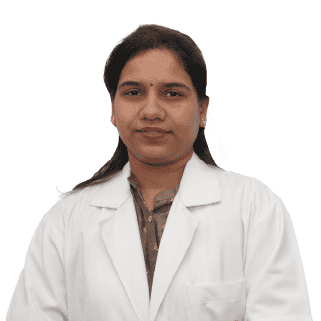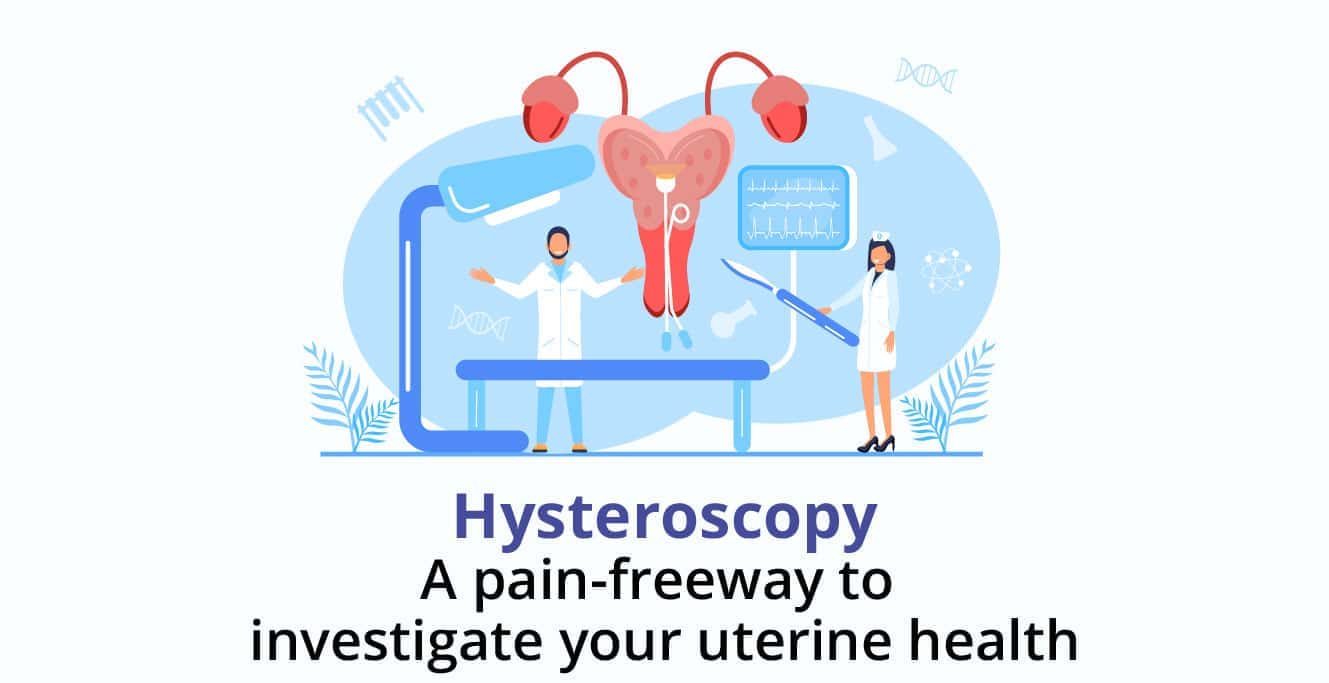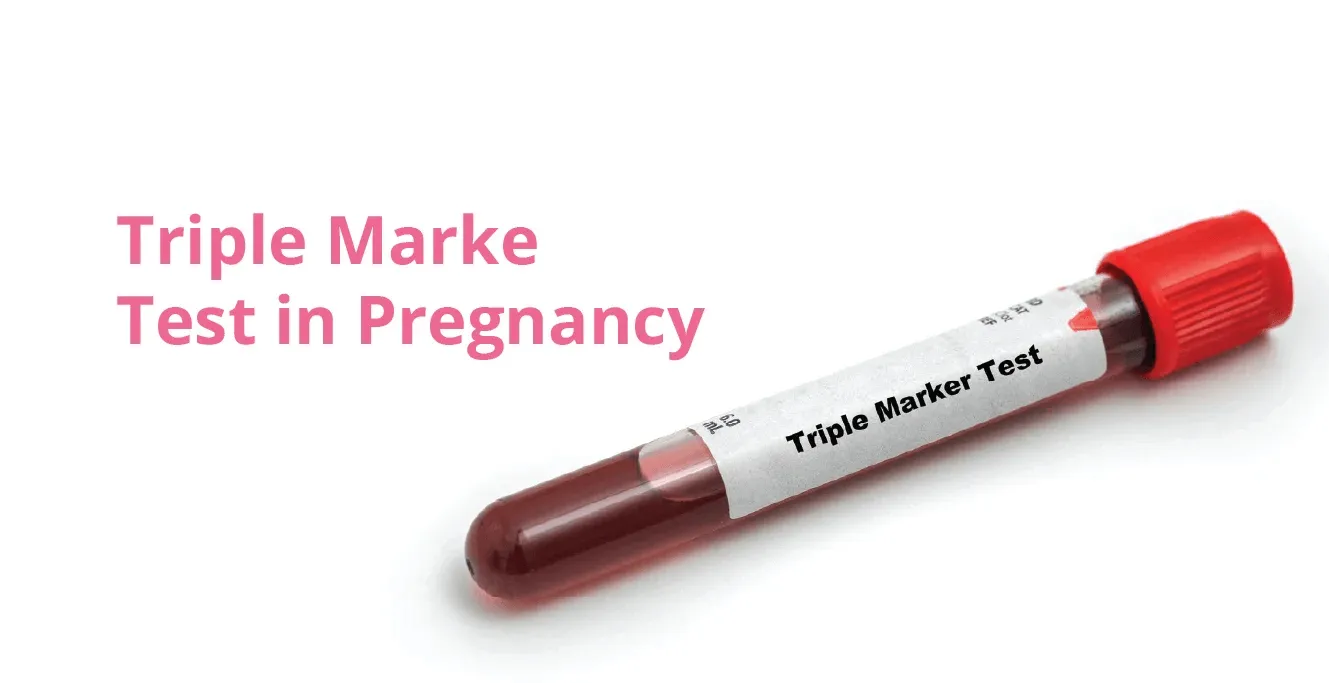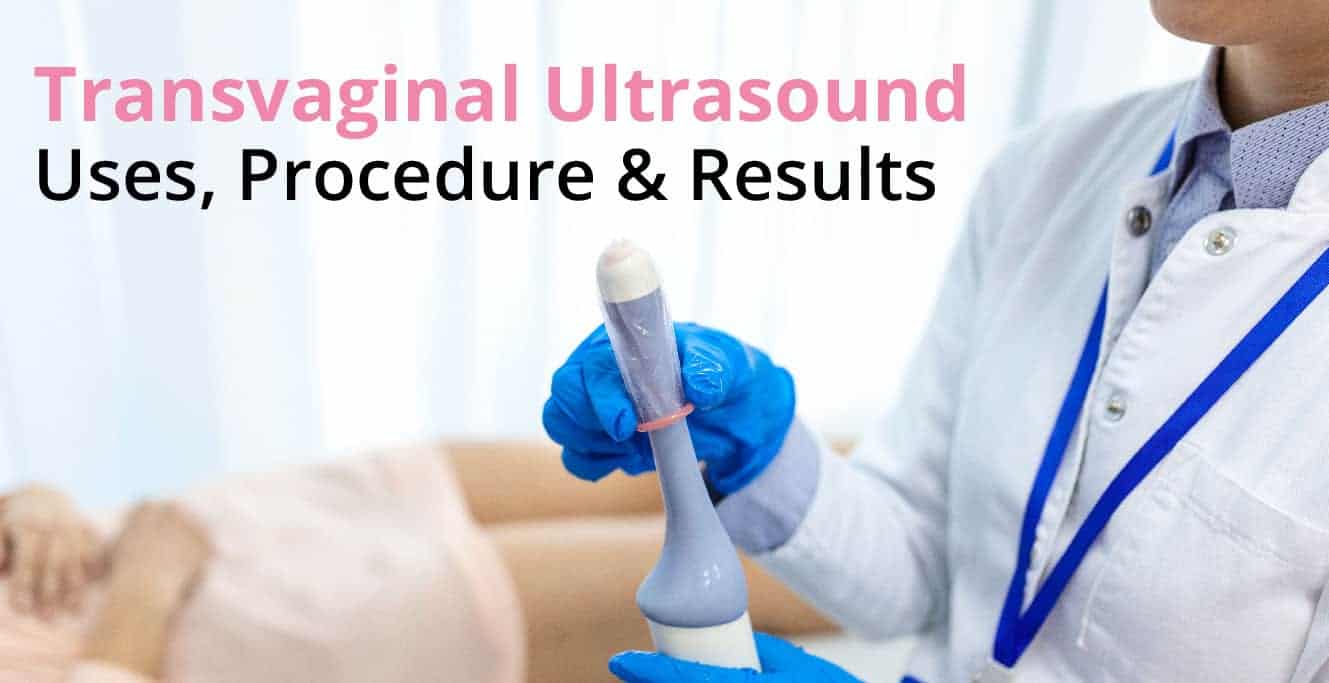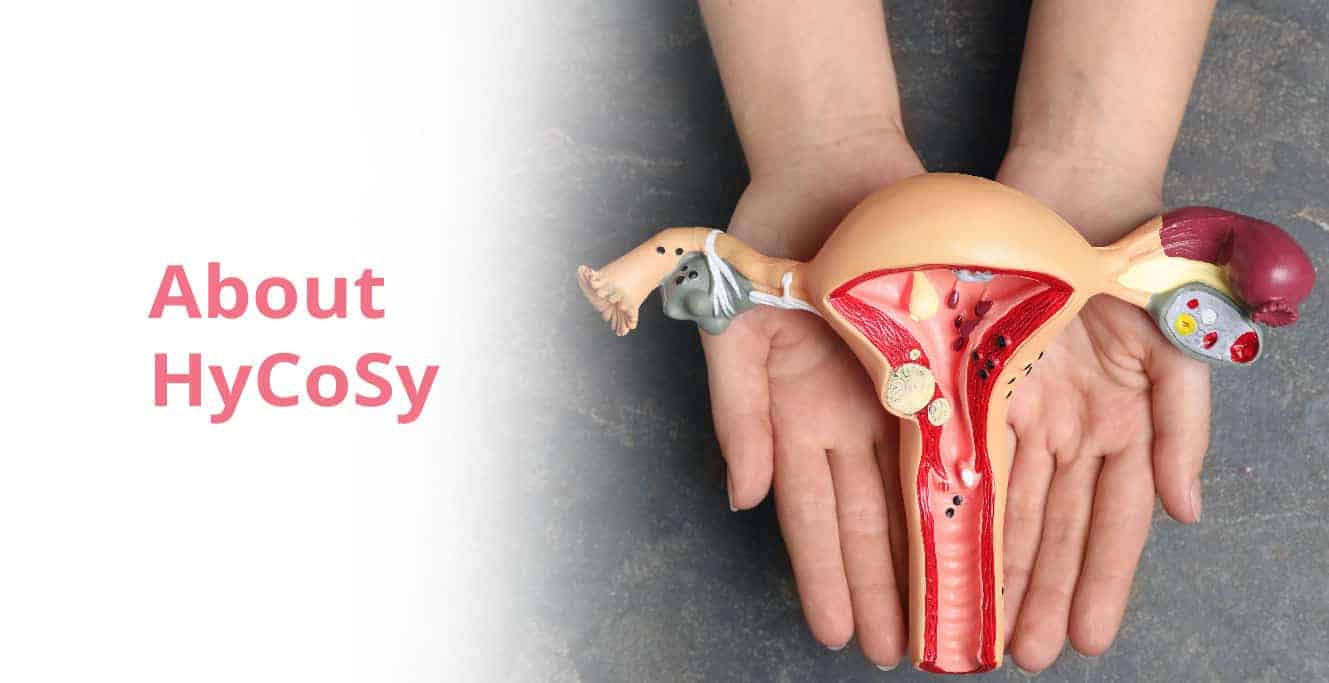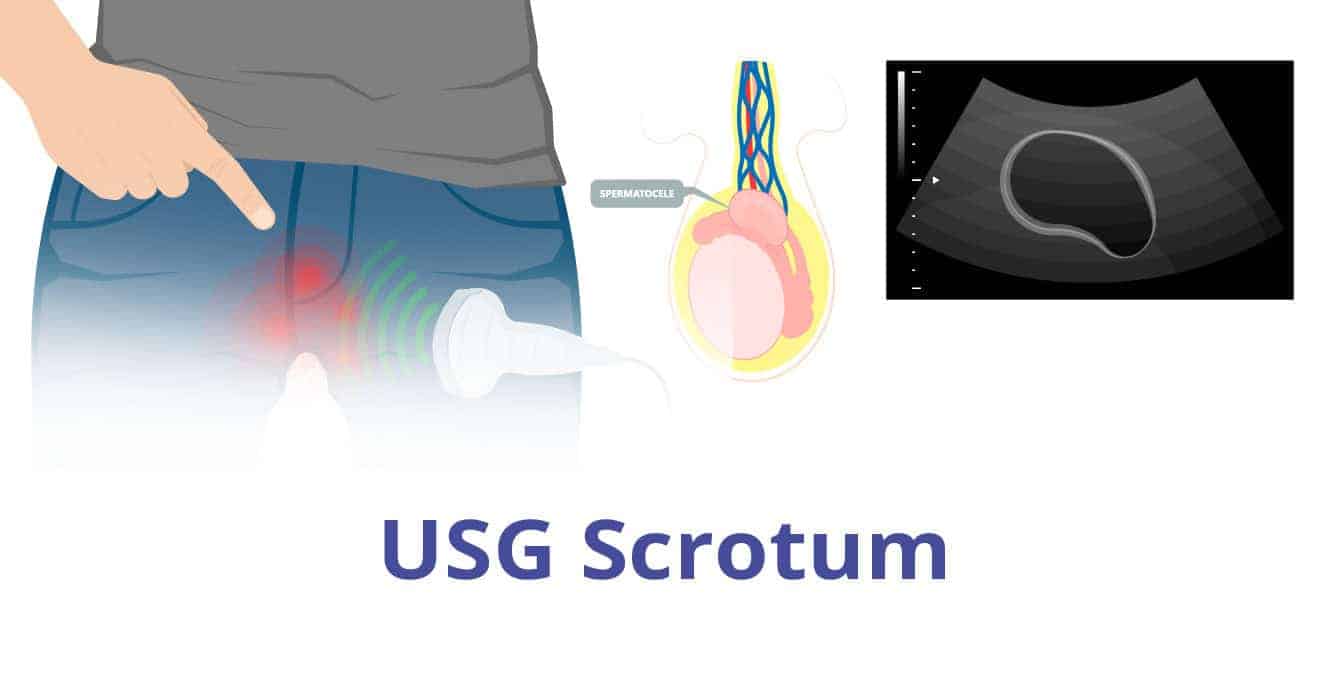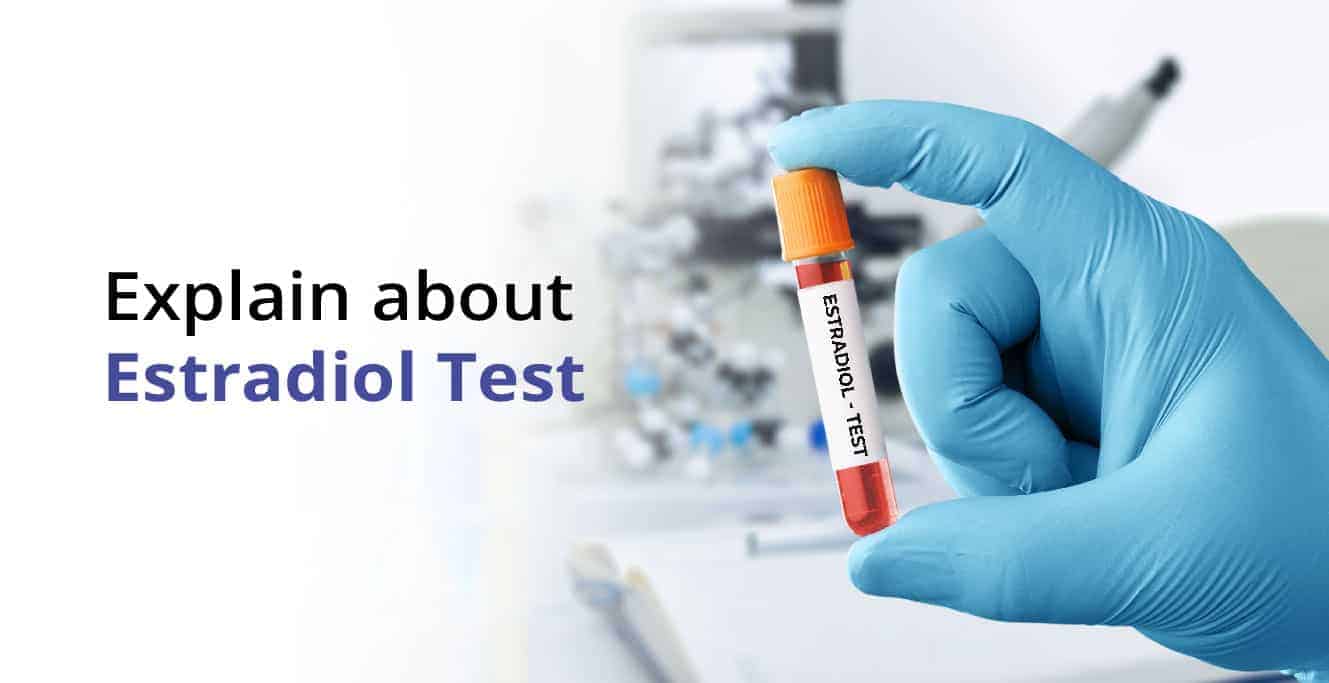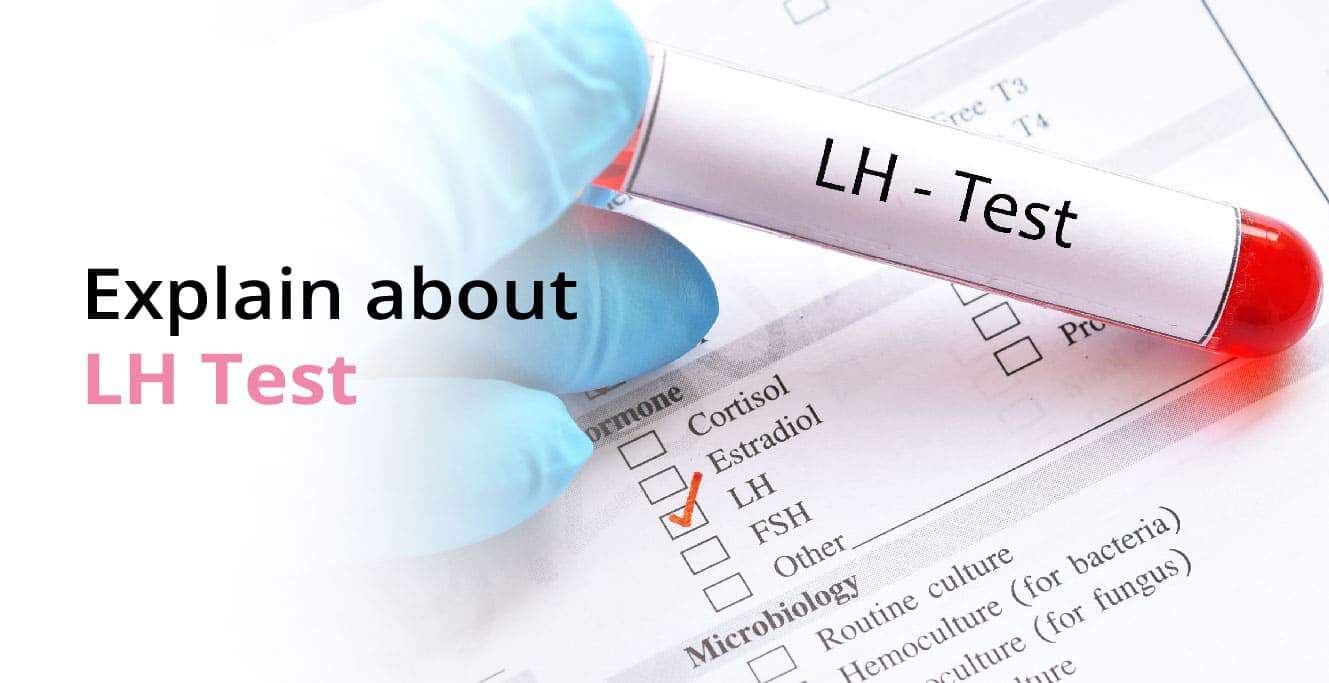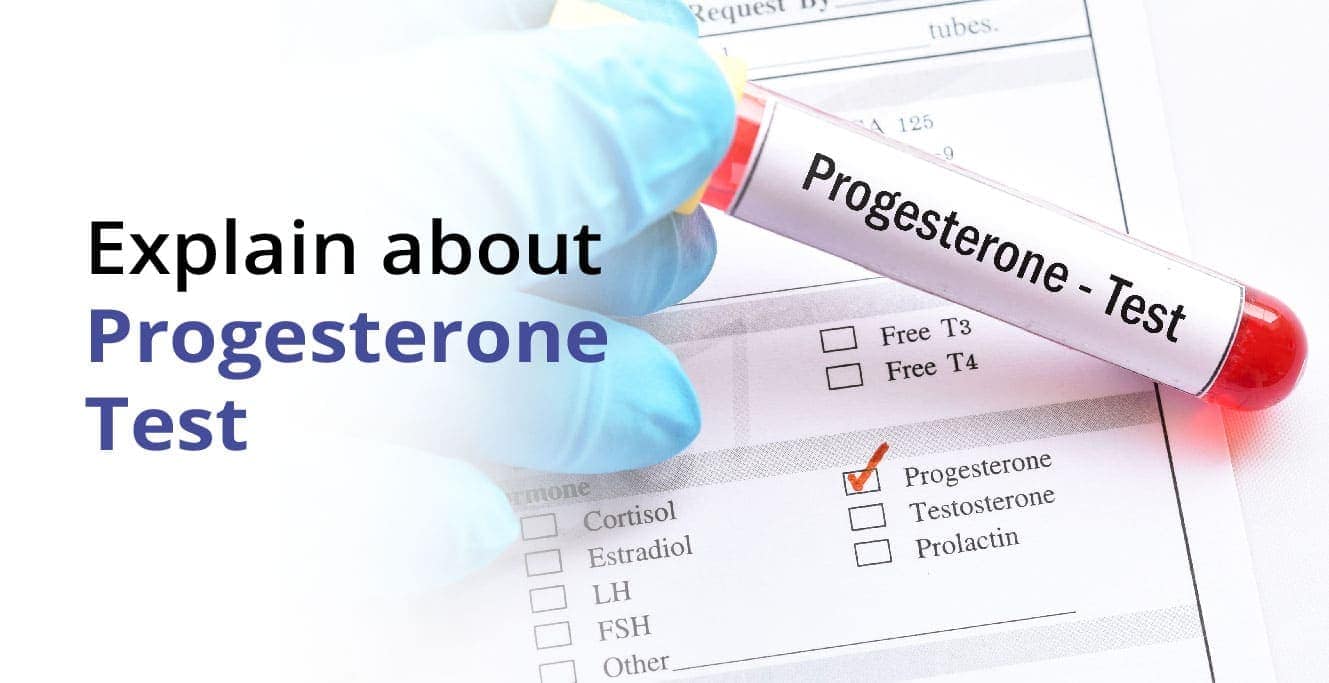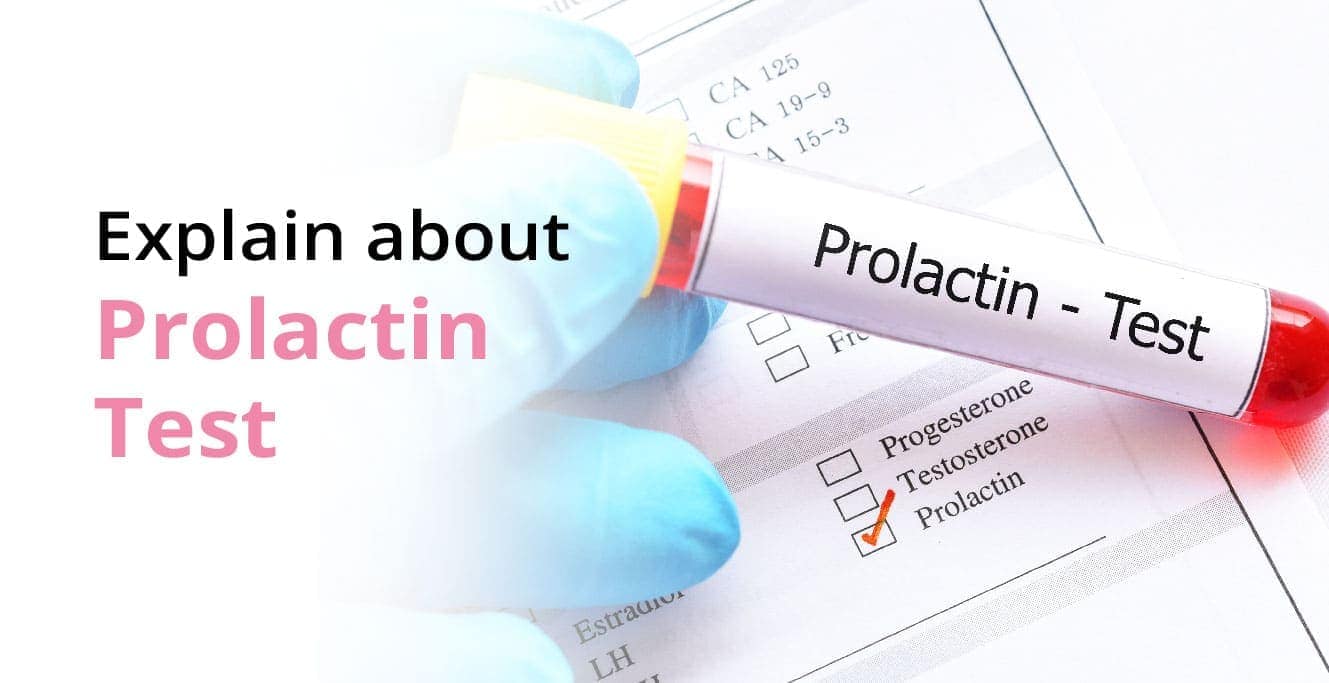Hysteroscopy: A pain-free way to investigate your uterine health
Hysteroscopy is a minimally invasive procedure used to visualise the inside of the uterus. It can be used to diagnose and treat various uterine conditions.
This medical procedure involves inserting a thin, telescope-like device called a hysteroscope through the vagina and into the uterus.
Doctors may or may not use general or regional anaesthesia during the hysteroscopy procedure. It depends on whether you need another in-depth surgical procedure (in conjunction with hysteroscopy) as well as the extent of the surgery.
Here’s what you need to know about the hysteroscopy procedure.
What is diagnostic hysteroscopy?
Doctors recommend diagnostic hysteroscopy to detect structural abnormalities in the uterus. These uterus irregularities often cause bleeding in the patient.
Diagnostic hysteroscopy is also used to validate the results of other diagnostic tests like hysterosalpingography (HSG) or ultrasound. HSG is performed by injecting contrast dye (iodine-based fluid) into the uterus through the vagina and cervix.
The material travels through the fallopian tubes and into the abdomen. An x-ray is then used to visualise the uterus, fallopian tubes, and ovaries. Doctors recommend HSG to diagnose blocked fallopian tubes, which can cause infertility.
A hysteroscopy serves as a confirmation of prior results.
What is operative hysteroscopy?
If doctors do detect uterus irregularity through diagnostic hysteroscopy, they may advice operative hysteroscopy to treat the condition. For instance, surgeons may perform endometrial ablation to stop abnormal uterine bleeding.
Endometrial ablation is a medical procedure that is used to remove the endometrium, which is the lining of the uterus. This procedure is usually performed using a hysteroscope in order to treat heavy bleeding during menstruation.
Doctors may even perform both diagnostic and operative hysteroscopy in one sitting.
Reasons for hysteroscopy
There are many reasons why a woman might need to have a hysteroscopy, including:
- Bleeding after menopause
- Abnormal uterine bleeding
- Abnormal pap test results
- Insertion of birth control into the fallopian tubes
- Removal of the tissue sample from the uterus (biopsy)
- Removal of intrauterine devices (IUDs)
- Removal of fibroids, polyps, and uterine scarring
- Diagnosis of repeated miscarriages or infertility
What happens before a hysteroscopy?
Here’s what you can expect/what you should do before a hysteroscopy:
- Doctors will schedule the procedure before you begin to ovulate and after your period. This prevents any damage to a new pregnancy and provides a clear view of your uterus.
- It is recommended to wear clothes that can be easily removed or can give access to the area.
- Your medical team may give you a mild sedative to help you relax.
- Doctors will evaluate your current medication, especially if you have any bleeding disorder. They may stop blood-thinning medicines (also known as anticoagulants) before the hysteroscopy procedure.
- Inform your doctor if you are allergic to anaesthesia, tape, latex, iodine, or any medicines.
- Be sure to let your doctor know in case you are pregnant. Hysteroscopy can’t be performed during pregnancy.
- If the procedure requires the use of regional or local anaesthesia, you may be required to fast for a few hours before that.
- Doctors may order diagnostic tests, blood tests, and a physical exam to analyse your overall health.
- Don’t hesitate to ask questions about hysteroscopy from your healthcare provider.
What happens during a hysteroscopy?
Here’s what you can expect during the hysteroscopy:
- You will empty your bladder before the procedure can begin.
- Your healthcare team may insert an intravenous (IV) line in your hand or arm.
- A nurse will clean the vaginal area using an antiseptic solution.
- Your feet will be in stirrups while you lie on the operating table.
- You may be given regional or general anaesthesia depending on what other procedure the surgeon is going to perform in conjunction with the hysteroscopy.
- A hysteroscope will be inserted into the uterus through the vagina and cervix.
- Doctors may inject gas or liquid through the device to expand your uterus for a clear view.
- Depending on your condition, they may take a tissue sample for further testing (biopsies).
- Doctors may insert additional tools through the hysteroscope to remove fibroids or polyps in the uterus.
- They may insert a laparoscope (through the belly) to simultaneously view the inside and outside of your uterus. This may be required for more complex procedures.
What happens after a hysteroscopy?
Here’s what you can expect after the hysteroscopy procedure:
- You may experience some cramping and bleeding. These symptoms are usually mild and self-limited. Most women can resume normal activities on the same day.
- If general or local anaesthesia was used during the procedure, you might be kept under observation for a day or two. During this time, your healthcare team will track your pulse and blood pressure until you are fully alert.
- Hysteroscopy doesn’t require any special care.
- If you experience heavy vaginal bleeding, severe abdominal pain, or fever, report it to your medical team.
- If doctors used gas to expand the uterus during hysteroscopy, you might experience mild pain for about 24 hours.
- Doctors may prescribe a pain reliever to treat soreness. Never self-medicate, as certain medicines can increase the risk of bleeding.
- Do not have intercourse for about two weeks or as advised by your doctor.
- Unless told otherwise, you can resume your normal diet and activity.
- Follow all additional instructions given by your healthcare team.
Hysteroscopy complications
Like any other medical procedure, a hysteroscopy also carries certain risks:
- Pelvic inflammatory disease (PID) is an infection of the reproductive organs that can cause serious health problems if left untreated. It is also one of the reasons behind infertility.
- Damage to nearby organs
- Damage to the cervix (extremely rare)
- Infection
- Problems from the anaesthesia
- Problems with fluid/gas from the uterus
- Scarring of the uterus
- Heavy bleeding
- Fever or chills
- Severe pain
Conclusion
Hysteroscopy is a minimally invasive procedure that can offer various benefits, from diagnosing uterine conditions to treating them. It is also sometimes used during IVF to ensure that the uterine environment is optimal for implantation.
Hysteroscopy IVF can help your fertility doctor determine if there are any problems with your uterine lining. It can also help ensure that your IVF is successful.
To get the best diagnostic or operative hysteroscopy, visit your nearest Birla Fertility & IVF Centre
Birla Fertility & IVF is committed to providing the best possible care for patients, and our success rates are among the highest in the country.
FAQs
1. Is a hysteroscopy a major surgery?
Hysteroscopy is a minimally invasive procedure, but it can still be considered major surgery if performed under general anaesthesia. Recovery from the procedure is usually fairly quick, but you may still experience some discomfort and bleeding.
2. How painful is a hysteroscopy?
Many women report feeling some discomfort during the hysteroscopy procedure, but it is generally not considered to be painful. Some women may experience cramping or bloating, but this is usually mild and goes away quickly.
A hysteroscopy usually doesn’t take more than 30 minutes.
3. What should you not do before a hysteroscopy?
Doctors may advise not to use vaginal medicines, tampons, or douches 24 hours before the procedure. If the hysteroscopyrequires the use of general anaesthesia, you would need to avoid drinking or eating for a few hours.

